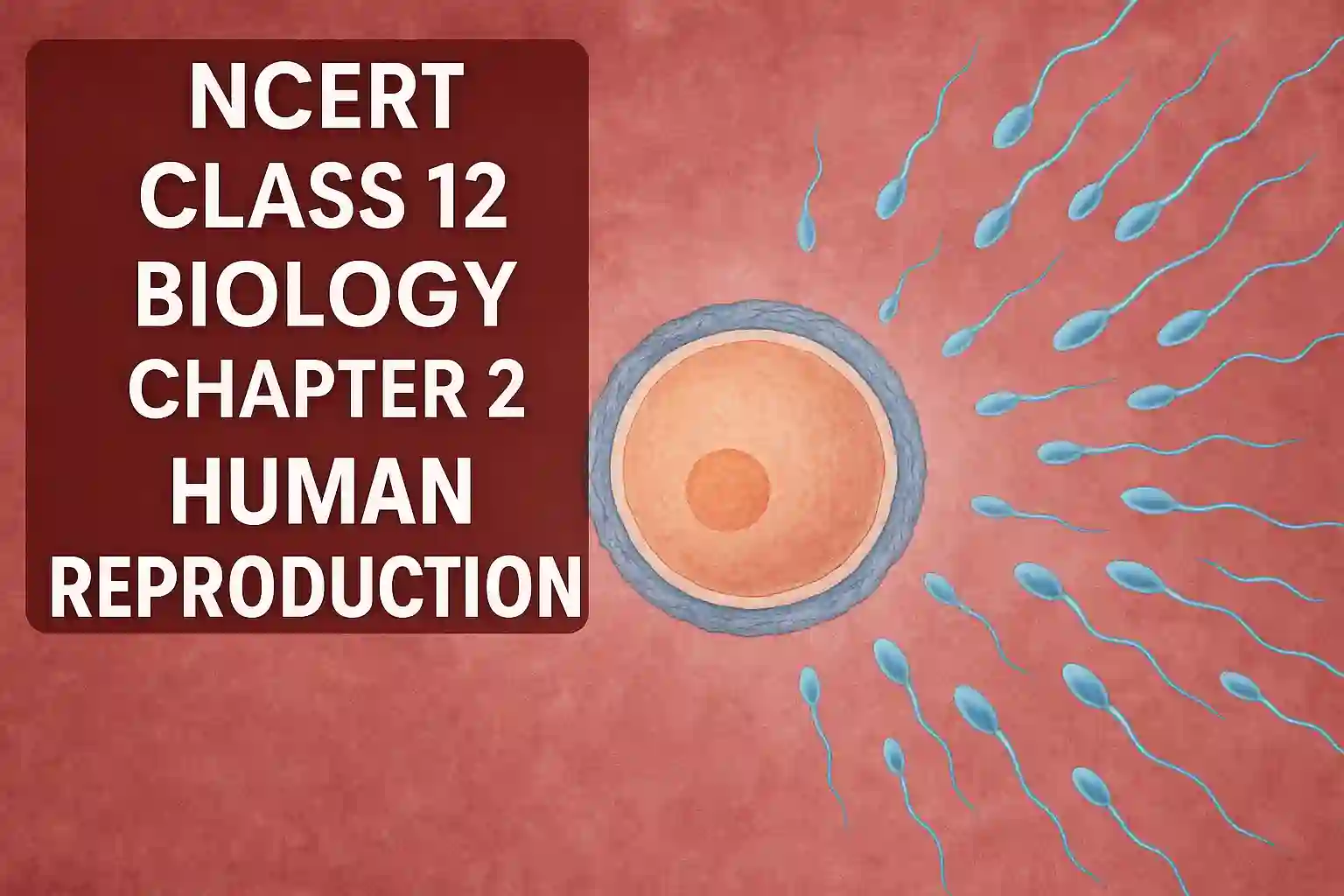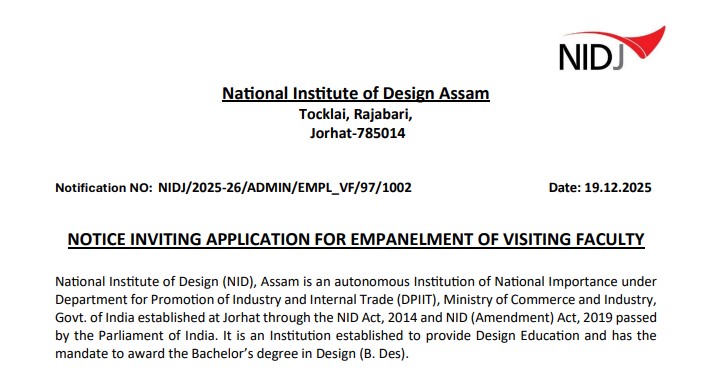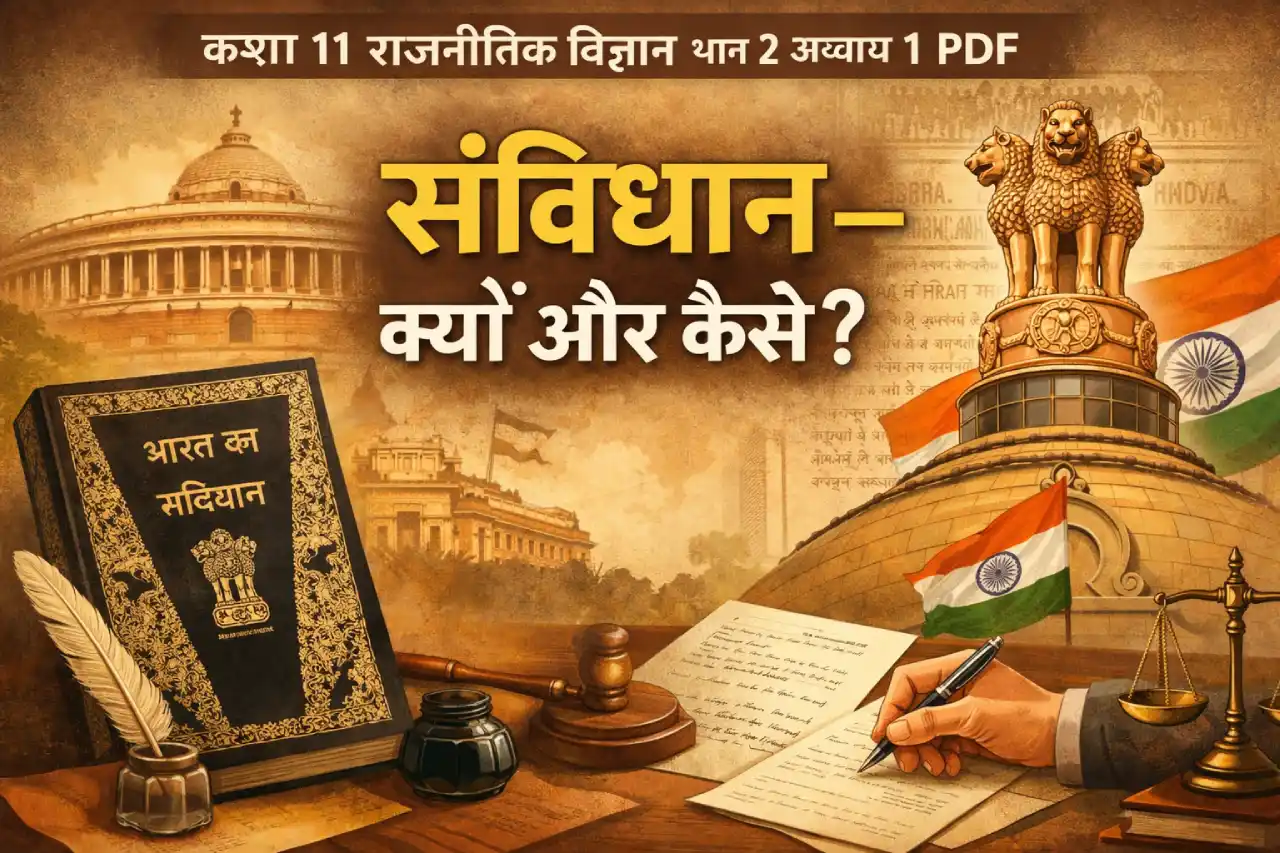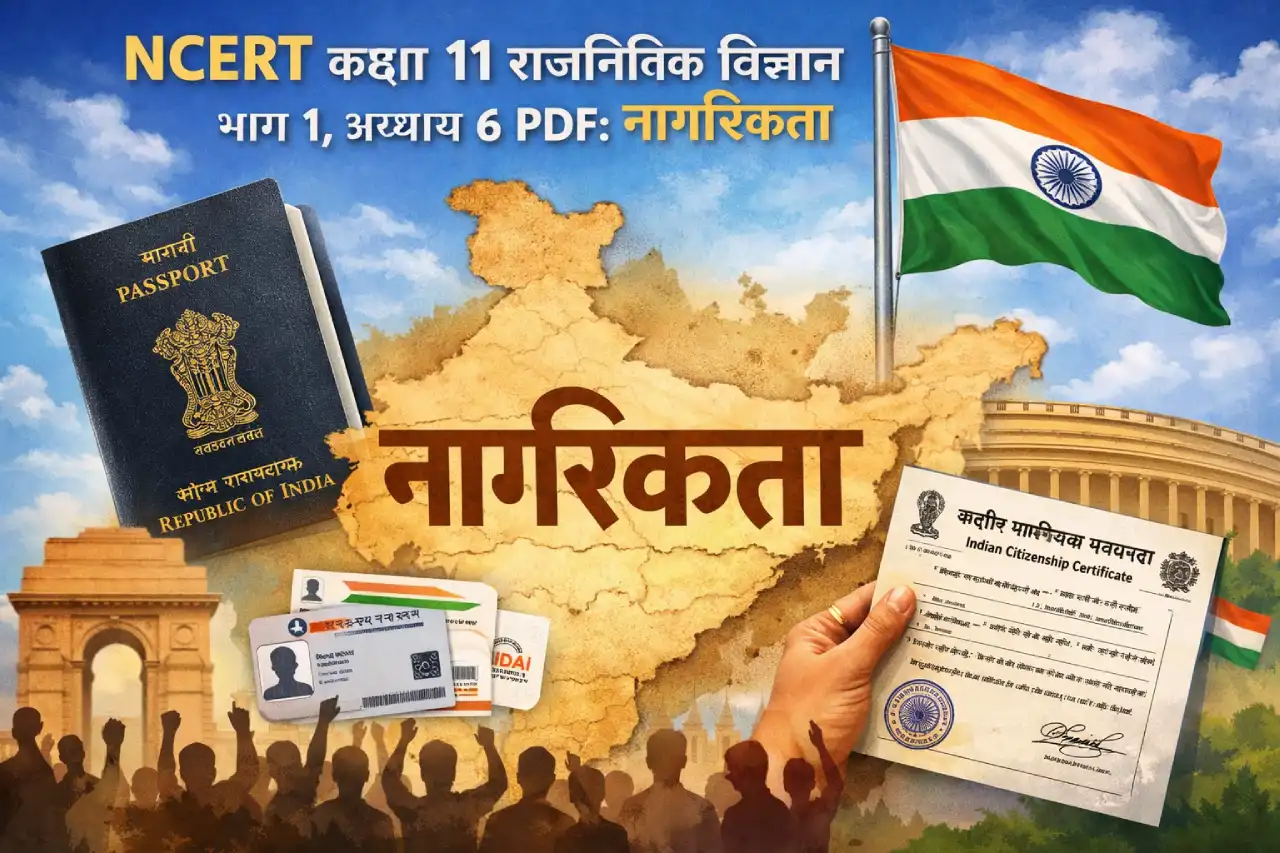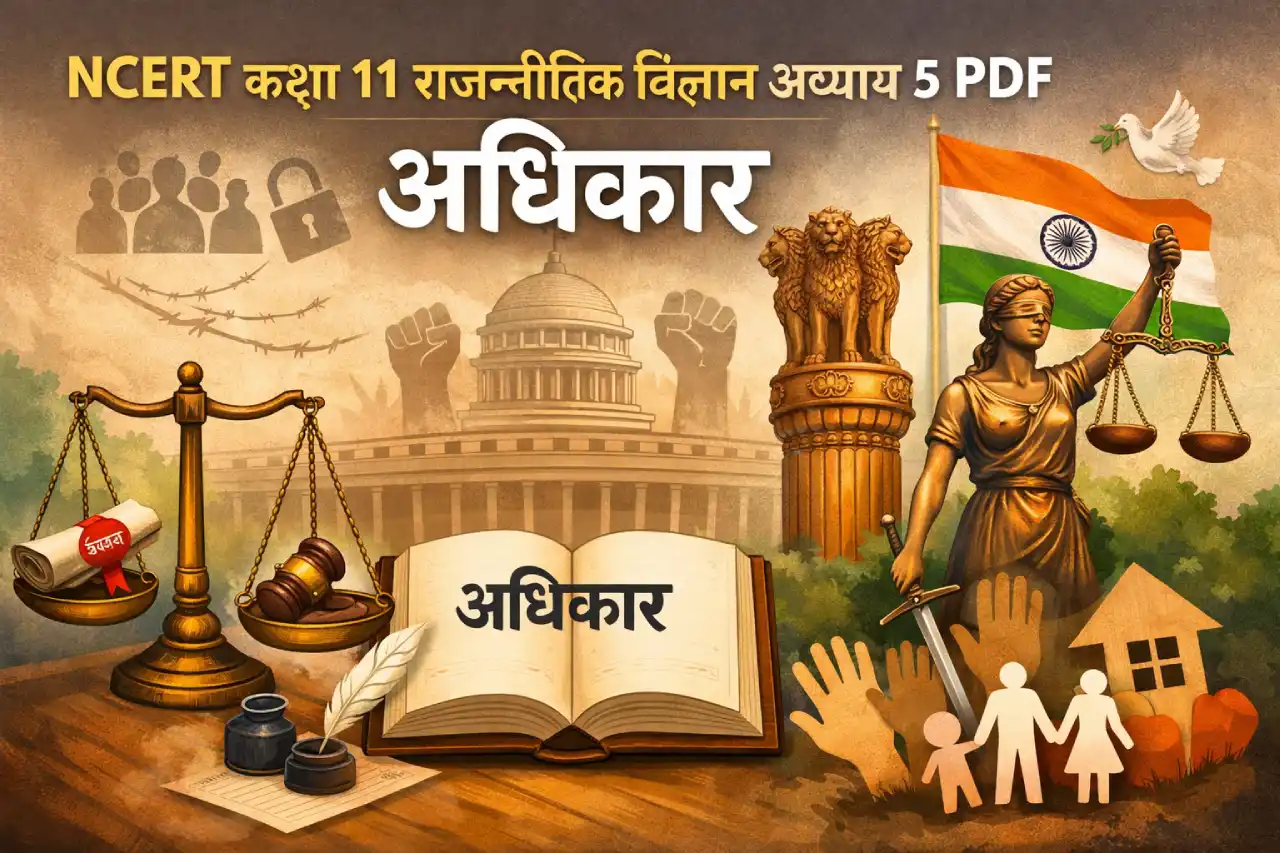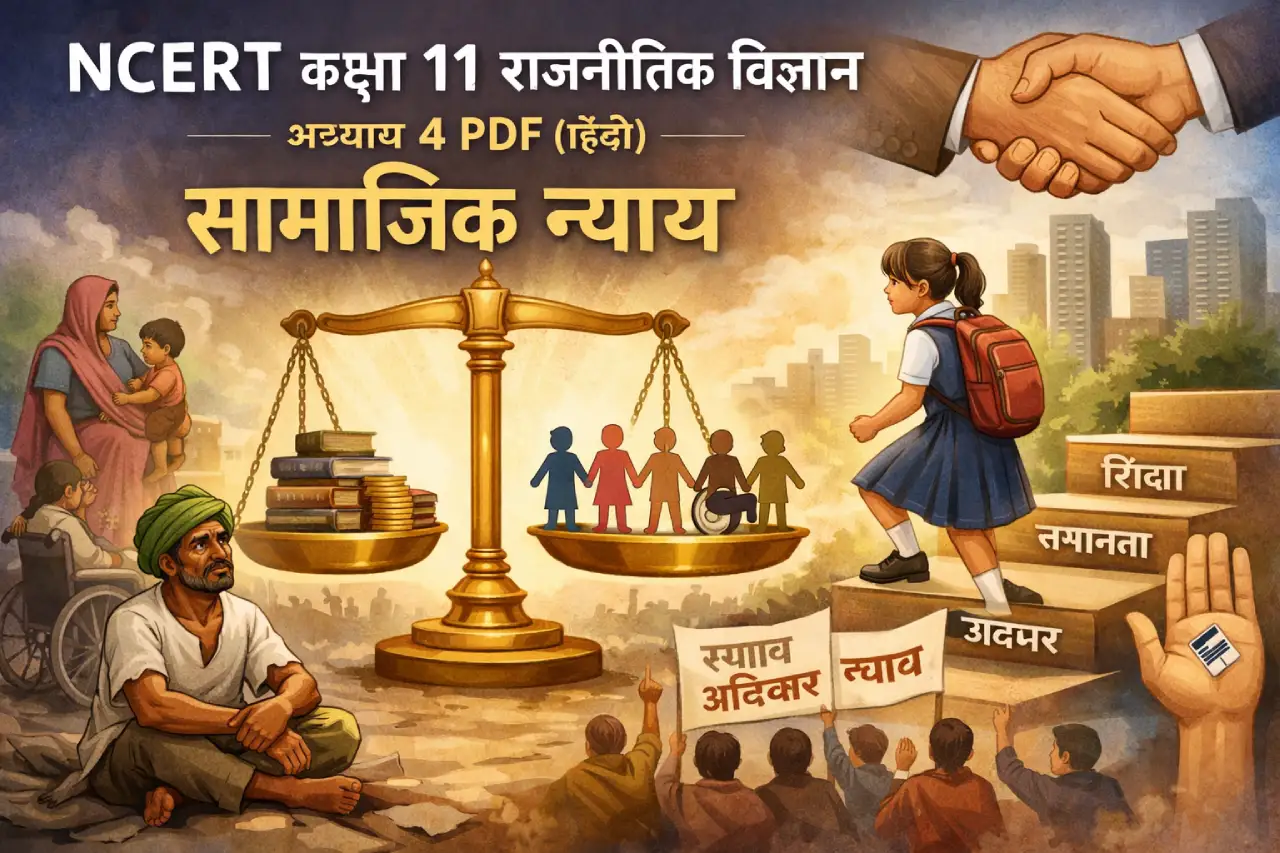Chapter 2 of NCERT Class 12 Biology is Human Reproduction, and it explains in detail how humans reproduce sexually. This chapter covers the male and female reproductive systems, the process of gametogenesis, the menstrual cycle, fertilisation, pregnancy and parturition. It is one of the core chapters for board exams as well as NEET, with high weightage in objective questions.
I decided to write on this topic because I know many students feel uncomfortable or confused when it comes to studying human reproduction. Some parts of the chapter are straightforward, but others like the hormonal control of reproduction or the events during pregnancy can be tricky if not studied properly. This chapter is not just important for exams, but also helps students understand their own biology. I believe a clear understanding of this chapter removes unnecessary myths and confusion. That’s why I’m sharing a full summary and the official NCERT PDF download option so that you can revise and practise anytime without depending on tuition or extra notes.
Main Concepts in Human Reproduction – Chapter Summary
Human reproduction is a complex and coordinated biological process involving several stages and systems. NCERT presents it in a well-structured way for easy learning.
Male Reproductive System
- Main organs: testes, epididymis, vas deferens, seminal vesicles, prostate gland, urethra and penis
- Testes produce sperm and the hormone testosterone
- Sperm are produced in seminiferous tubules through spermatogenesis
- Seminal plasma provides nutrients and enzymes for sperm mobility
Female Reproductive System
- Composed of: ovaries, fallopian tubes, uterus, cervix and vagina
- Ovaries produce ova and hormones like estrogen and progesterone
- Fallopian tubes are the site of fertilisation
- Uterus is where the embryo implants and develops during pregnancy
Gametogenesis
- Spermatogenesis: Formation of sperm in testes
- Oogenesis: Formation of ovum in ovaries
- Spermatogenesis is continuous, but oogenesis is cyclic and pauses multiple times
- One ovum is released during each menstrual cycle
Menstrual Cycle
- Regular cycle of 28 days in most females
- Divided into menstrual phase, follicular phase, ovulation and luteal phase
- Controlled by hormones: FSH, LH, estrogen and progesterone
- Ovulation occurs around the 14th day
Fertilisation
- Takes place in the ampullary region of the fallopian tube
- Sperm fuses with the ovum to form a zygote
- Zygote undergoes cleavage and becomes a blastocyst
- Blastocyst implants in the uterus lining and pregnancy begins
Pregnancy and Parturition
- Human pregnancy lasts about 9 months (280 days)
- Placenta forms and helps in exchange of nutrients and gases
- Embryo develops into a foetus in three trimesters
- Parturition (childbirth) is triggered by hormonal signals involving oxytocin
Quick Revision Table
| Topic | Key Points |
|---|---|
| Male System | Testes produce sperm and hormones |
| Female System | Ovaries release ovum, uterus supports pregnancy |
| Spermatogenesis | Continuous sperm production in males |
| Oogenesis | One ovum released per cycle in females |
| Fertilisation Site | Ampullary region of fallopian tube |
| Menstrual Hormones | FSH, LH, estrogen, progesterone |
| Gestation Period | Around 280 days (40 weeks) |
Download PDF – NCERT Class 12 Biology Chapter 2
To get the official and updated copy of this chapter, students can download it directly from the NCERT website.

